Materials Characterization
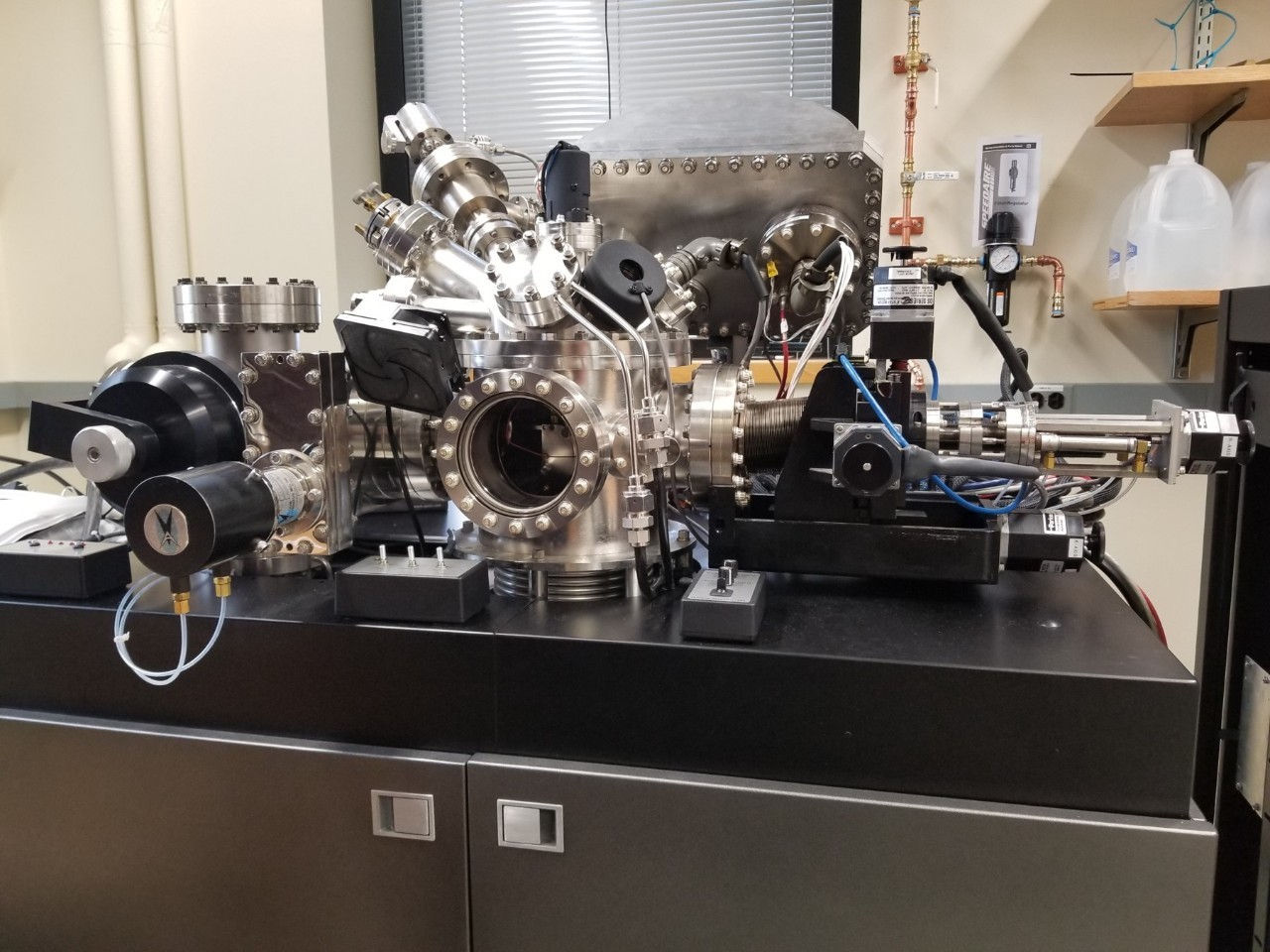
The Materials Characterization Core facility is located in Room 006 of 245 Beacon Street on the main campus of Boston College. The facility supports multiple characterization needs, including surface analysis, optical analysis, thermal analysis, structure/phase analysis, mechanical analysis, absorption analysis, and so on. As a new core facility, we are also expecting to further develop the functions according to the users' needs.
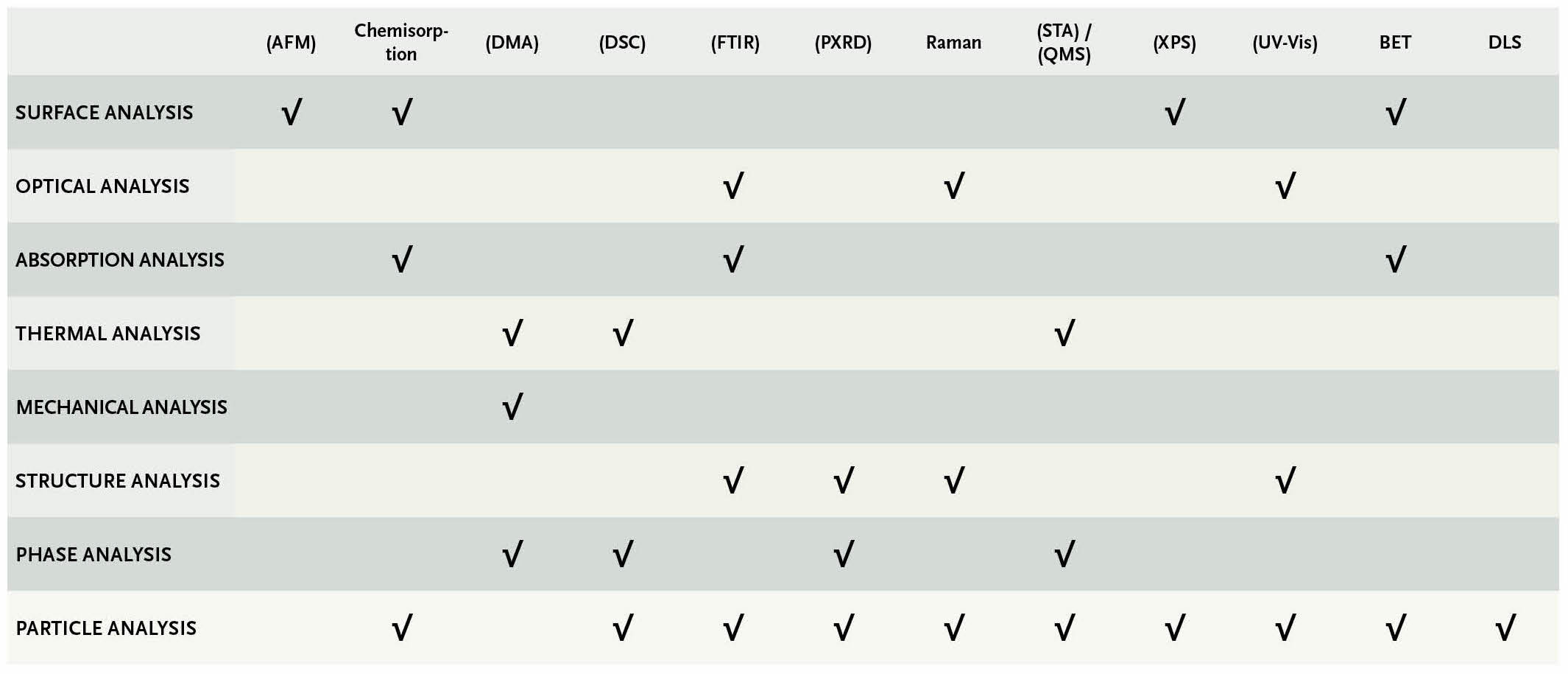

Bruker D2 Phaser Powder X-ray Diffractometer (PXRD)
Structure Analysis
Phase Analysis
This benchtop device is used for quantitative phase analysis and crystal structure identification of a crystalline material. Nano-structure and crystallite size can be determined through small-angle x-ray scattering (SAXS) analysis.
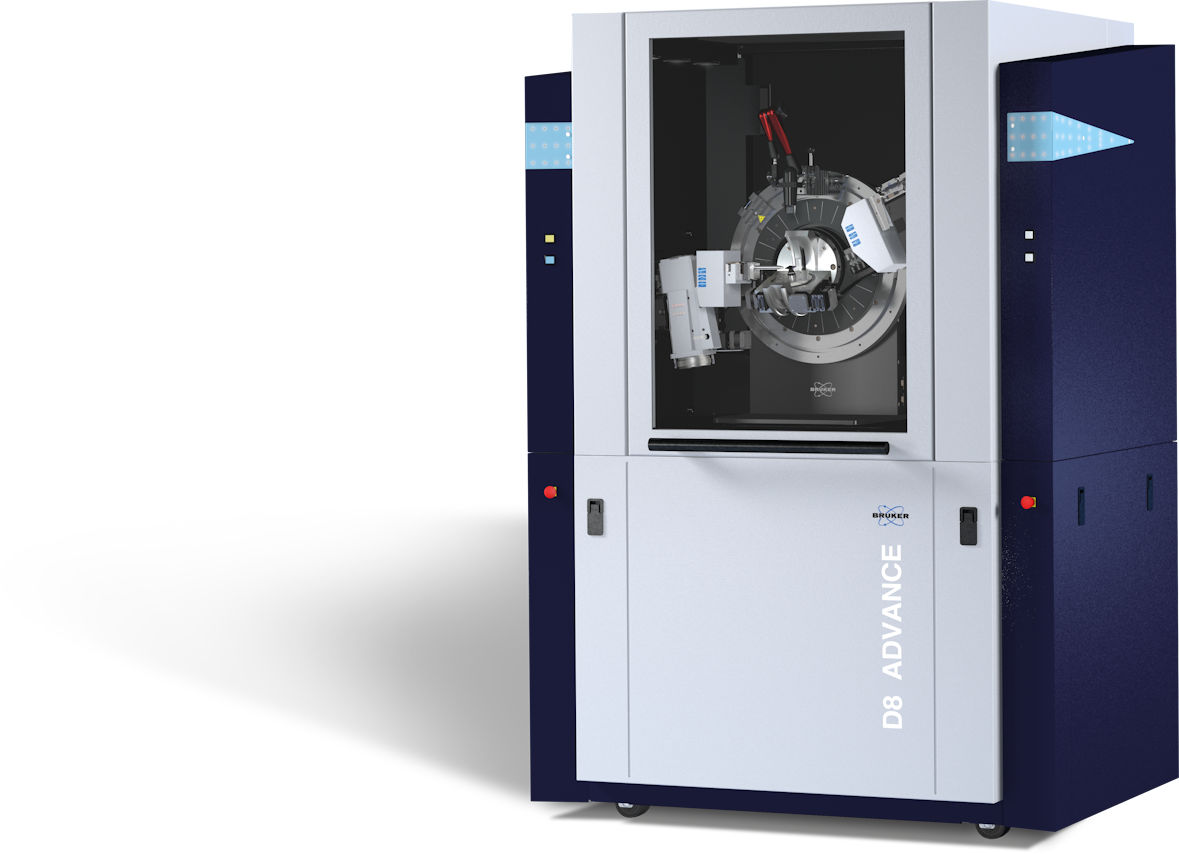
Bruker D8 ADVANCE Powder X-ray Diffractometer (PXRD)
The Bruker D8 ADVANCE PXRD (Powder X-Ray Diffraction) system is a state-of-the-art analytical instrument designed for precision and versatility in material characterization. The system offers unparalleled configurability, enabling seamless switching between measurement geometries and sample types. It features a high-performance X-ray source, advanced optics, and the latest detector technologies, LYNXEYE, to deliver exceptional resolution, speed, and sensitivity. It excels in analyzing crystalline phases, determining structures, and monitoring phase transitions in powders, thin films, and bulk materials. Its user-friendly software ensures intuitive data acquisition and analysis, making it a powerful tool for materials science, chemistry, and nanotechnology investigations.
Available accessories:
- Rotation stage: for power measurements, prorando in-situ measurements, etc.
- Cradle stage: for power and thin film measurements, GID, XRR, etc.
- MTC stage: provide temperature (room temperature to 1300 °C), atmosphere (vacuum, air, inert gas), etc.
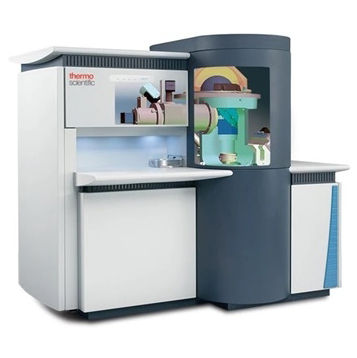
ThermoFisher K-Alpha X-ray Photoelectron Spectroscopy (XPS)
Surface Analysis
The K-Alpha Spectrometer delivers much improved spectroscopic performance. This leap forward results in faster analysis times, improved element detection, and the possibility to acquire data at higher resolution yielding better chemical state identification.
Analytical options include a vacuum transfer module for moving air-sensitive samples from a glove box to the system, and the tilt module for ARXPS data collection. Equipped with the Thermo Scientific™ Avantage Data System, the complete surface analysis software system, the K-Alpha has a range of software features designed to optimize data interpretation, data reporting and usability. The K-Alpha XPS system meets the requirements of both experienced XPS analysts and newcomers to the technique, bringing together high performance, monochromated XPS and sputter depth profiling, with intelligent automation and intuitive control.
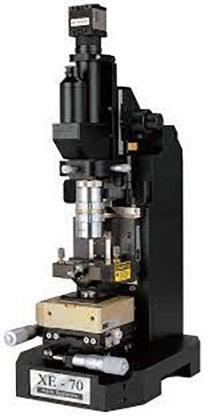
Park XE70 Atomic Force Microscopy (AFM) aka scanning force microscopy (SFM)
Surface Analysis
It commonly provides ultra high resolution topographical surface characterization. The image is obtained by the tip tapping on the surface of the sample. Therefore, it also available to study the electrical, magnetic, and mechanical properties of surfaces.
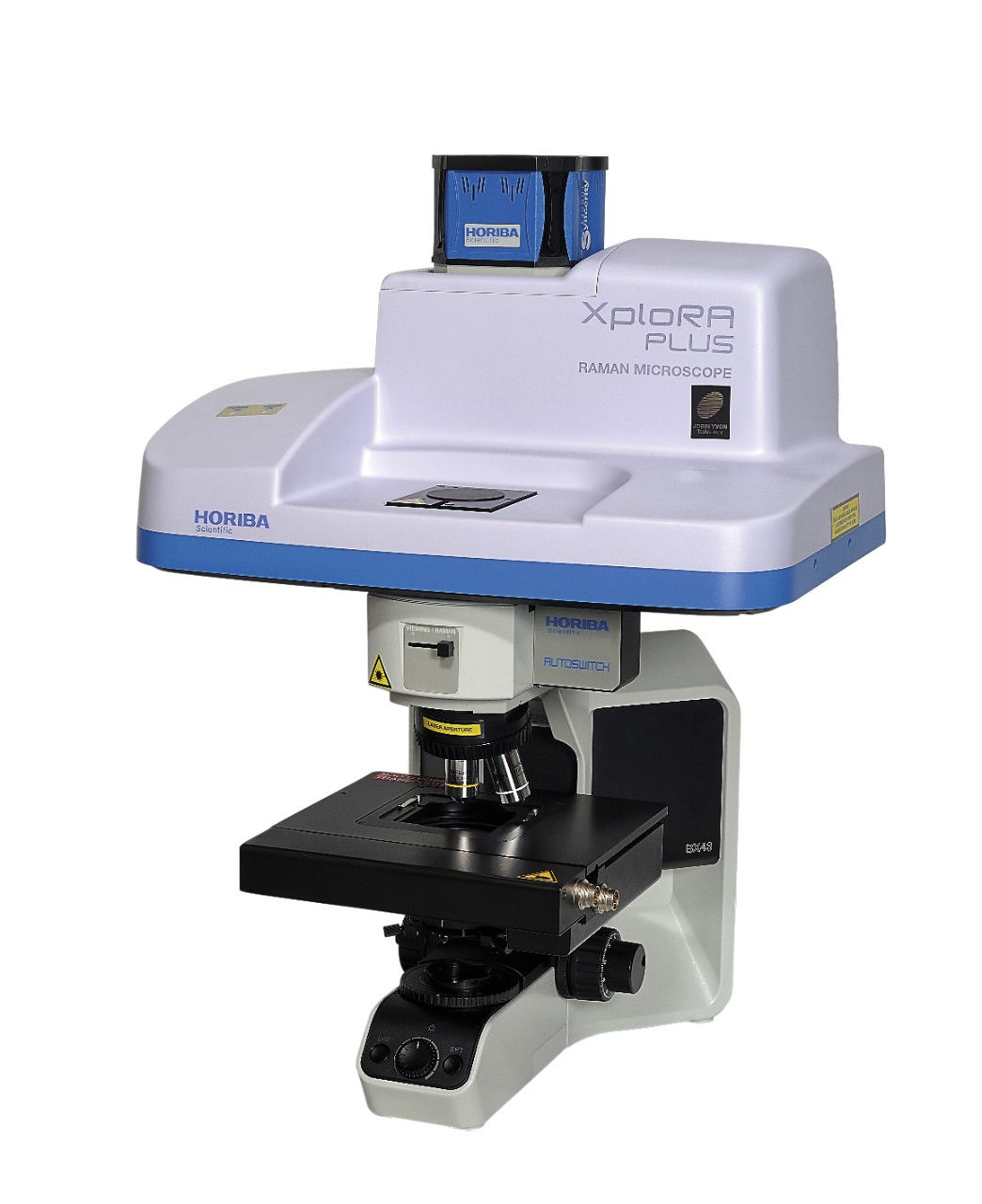
Horiba Micro XploRA Raman Spectrometer
Optical Analysis
Structure Analysis
It is a non-destructive fingerprint chemical analysis technique which provides detailed information about chemical structure, phase and polymorphism, intrinsic stress/strain, crystallinity and molecular interactions. The measurement is based upon the interaction of light with the chemical bonds within a material.
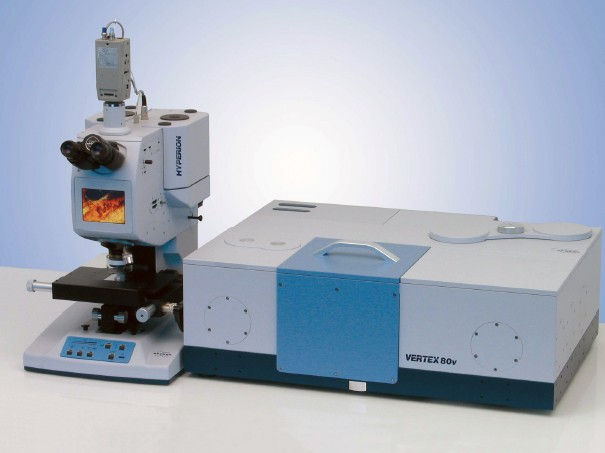
Bruker Vertex 80v Fourier-Transform Infrared spectroscopy (FTIR)
Optical Analysis
Absorption Analysis
Structure Analysis
IR spectroscopy is based in the fact that molecules absorb specific frequencies that are characteristic of their structure. These absorptions are related to the strength of the bond. Owing the improvements of Fourier-Transform, FTIR turns into instant selective tool for a fingerprint of the substance. The ATR accessory is prepared for non-image measurements, which is very user friendly.
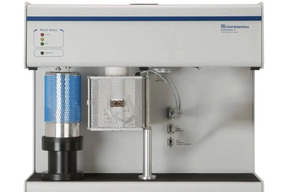
Micromeritics AutoChem II 2920 Chemisorption Analyzer
Surface Analysis
Absorption Analysis
Chemisorption is used in development, monitoring and measuring of corrosion inhibitors and is used for measuring surface active sites on a substrate. During the process the adsorbing gas or vapor molecule splits into atoms, radicals, ions that form a chemical bond with the adsorption site. A mass spec will be attached for in-situ analysis.
Typical Applications:
Fuel Cell / Catalytic Reforming:
- Metal surface area
- Metal dispersion
- Average crystallite size
Partial Oxidation:
- Temperature-programmed oxidation (TPO)
- Temperature-programmed desorption (TPD)
- Heat of desorption of oxygen
- Heat of dissociation of oxygen
Catalytic Cracking:
- Ammonia chemisorption
- TPD of ammonia
- TPD of alkyl amines
- TPD of aromatic amines
Isomerization / Hydrocracking / Fischer-Tropsch Synthesis :
- Temperature-programmed reduction (TPR)
- Pulse chemisorption
- TPD
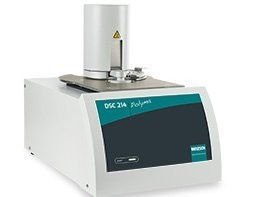
NETZSCH Differential Scanning Calorimeter (DSC) 214 Polyma
Thermal Analysis
Phase Analysis
It precisely measures heat capacity, phase transition and oxidative stability of polymers or liquid crystals, which allows us to understand amorphous and crystalline behavior, polymorph and eutectic transitions, curing and degree of cure, and many other material properties. This device can heat at up to 500 K/min and cool at 200 K/min over a wide measurement range.
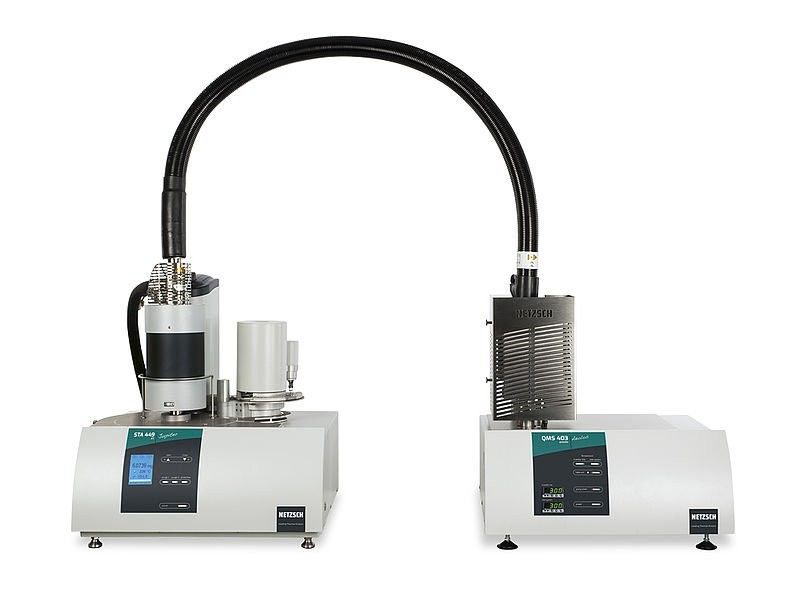
NETZSCH Simultaneous Thermal Analysis (STA) 449 F1 Jupiter / Quadrupole Mass Spectrometer (QMS) 403
Thermal Analysis
Phase Analysis
STA refers to the simultaneous application of Thermogravimetry (TGA) and DSC to one and the same sample in a single instrument. The tungsten heating element allows for measurements under helium atmosphere from room temperature to 2000°C and high-vacuum measurements from 400°C to 2000°C. The QMS is coupled for evolved gas analysis.
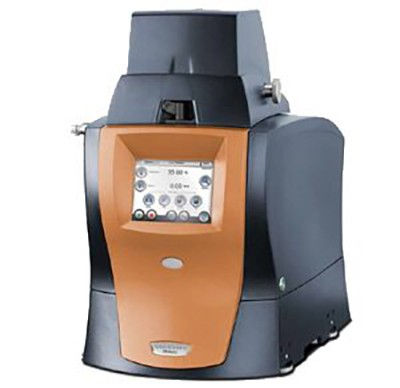
TA Instruments Discovery Dynamic Mechanical Analyzer (DMA) 850
Thermal Analysis
Mechanical Analysis
Phase Analysis
It is used to measure a material’s response (deformation) to a sinusoidal load under a given temperature and/or time. Common physical properties characterized are glass transition, elasticity and viscosity of solid samples.
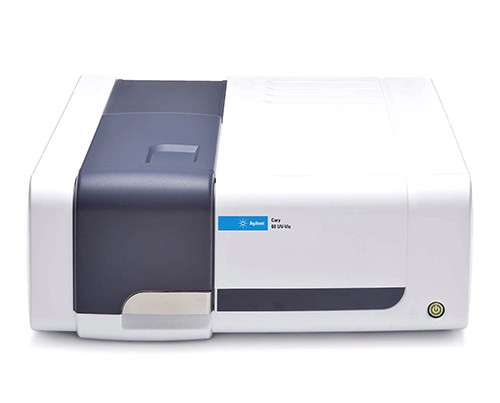
Agilent Cary 60 UV/VIS Spectrometer (UV-Vis)
Optical Analysis
Structure Analysis
The Cary 60 UV-Vis spectrophotometer has a wavelength range of 190 nm to 1100 nm that can be scanned in under three seconds. Our flexible UV-Vis spectrophotometer can be fitted with long path length cuvettes and solid sample transmission accessories. It is ideal for remote UV-Vis absorbance analysis when equipped with fiber optic probes. The sample accessories include a cuvette solution sample holder, solid sample transmission holder and a fiber optic probe.
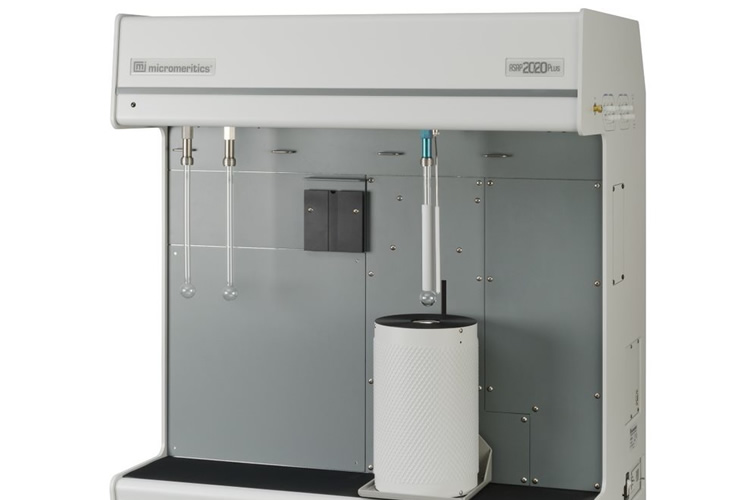
Micromeritics ASAP 2020 plus Physisorption Analyzer (BET)
Surface Analysis
Absorption Analysis
The ASAP 2020 Plus is a high-performance adsorption analyzer for measuring surface area, pore size, and pore volume of powders and porous materials. Standard methods or user-customized protocols can be used to characterize adsorbents, catalysts, zeolites, MOFs, APIs, excipients, and a wide variety of porous and non-porous materials. The ASAP 2020 Plus is ideally suited for gas adsorption analysis of microporous (0.35 to 2 nm) and mesoporous (2 to 50 nm) materials and delivers superior accuracy, resolution, and data reduction. A vapor sorption option can be added to the ASAP 2020 Plus to extend the analysis range of the ASAP 2020 Plus physisorption.
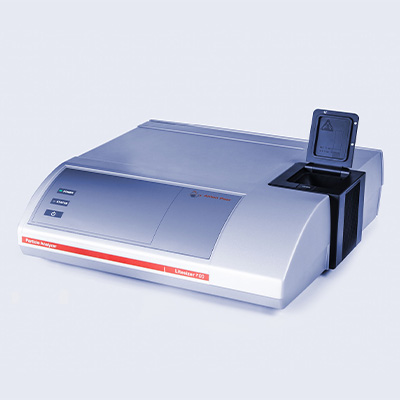
Anton-Parr Particle Analyzer Litesizer Dynamic Light Scattering (DLS) 700
Particle Analysis
The Litesizer DLS 700 is a light-scattering instrument for characterizing particles in liquid dispersions. It measures particle size, particle concentration, zeta potential, electrophoretic mobility, molecular mass, and transmittance. It can determine particle concentration based on single-angle DLS or multi-angle particle sizing (MAPS), and measures transmittance continuously - providing a direct measure of turbidity - and allows automatic adjustment of parameters, e.g. focus, attenuation, measuring angle, measurement duration.
Particle size range: diameter of 0.3 nm to 10 μm
Zeta potential range > ± 1000 mV (3.8 nm to 100 μm)
Molecular mass range: 300 Da to 20 MDa

Jing Jin, Ph.D.
Director
Dr. Jing Jin is a materials scientist who is primarily focused on magnetic nano-materials systems (1D & 2D). She initially joined Boston College as the Assistant Director of Magnetic Resonance Center after completing her Ph.D. from the Institute of Materials Science at the University of Connecticut in May 2017 in particular to oversee EPR-related projects. Before that, Jing obtained her B.S. degree in Applied Physics as well as an M.Eng. degree in Material Physics and Chemistry from Tianjin University in China, and M.S. degree in Physics from Clark University in the US. She is currently working towards her M.B.A from the Carroll School of Management at BC, and has recently been appointed the director of the new BC Materials Characterization Core.
Dr. Jin has intensive hands-on experience with many different characterization techniques, including EPR & NMR, as well as XPS, XRD, AFM, FTIR, Raman, surface absorption. She has led/collaborated on work characterizing the properties of many different systems encompassing organic and inorganic materials, polymers, and biomolecules.
Jing Jin, Ph.D. | Director
Materials Characterization Center, Boston College
245 Beacon Street, office 505D / lab B06
Chestnut Hill, MA 02467-3860
Office Tel: (617) 552-4766
Lab Tel: (617) 552-0873
Email: jing.jin@bc.edu

